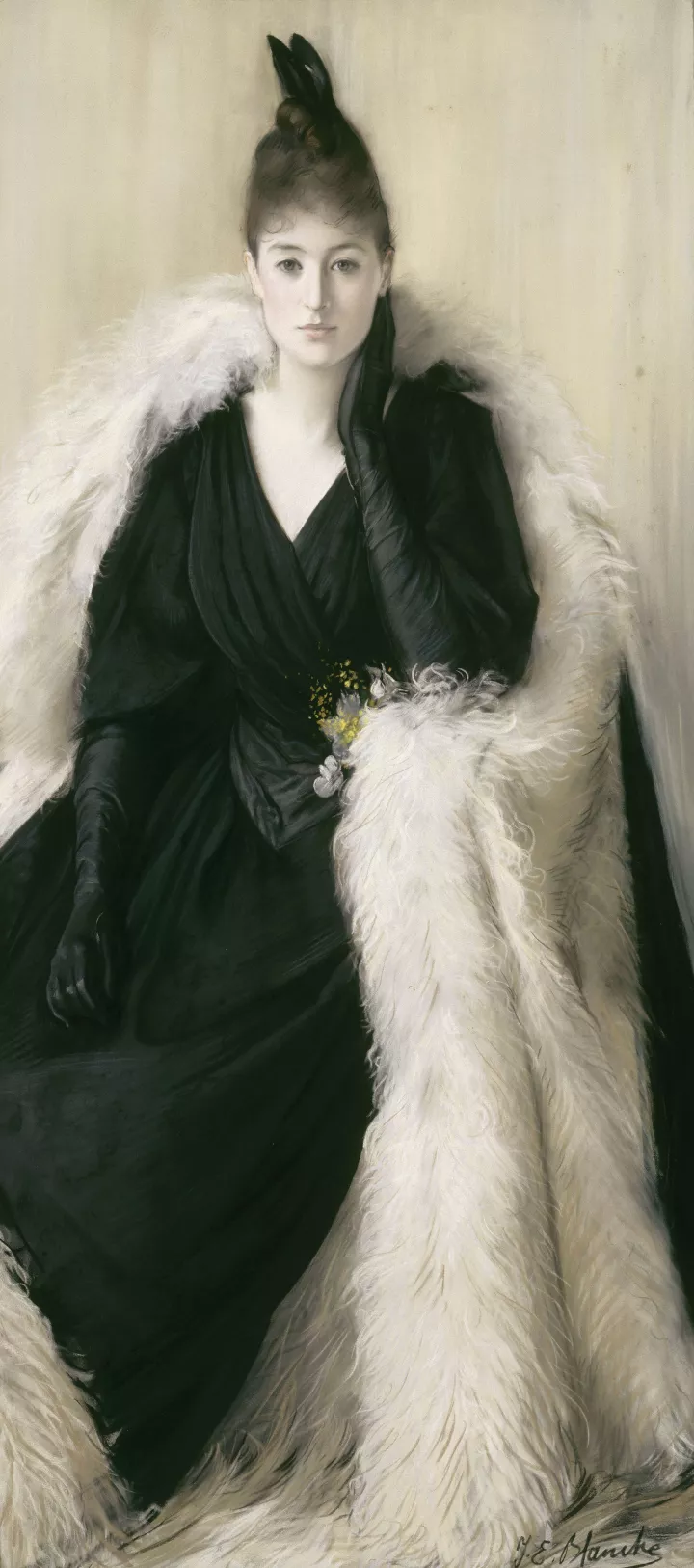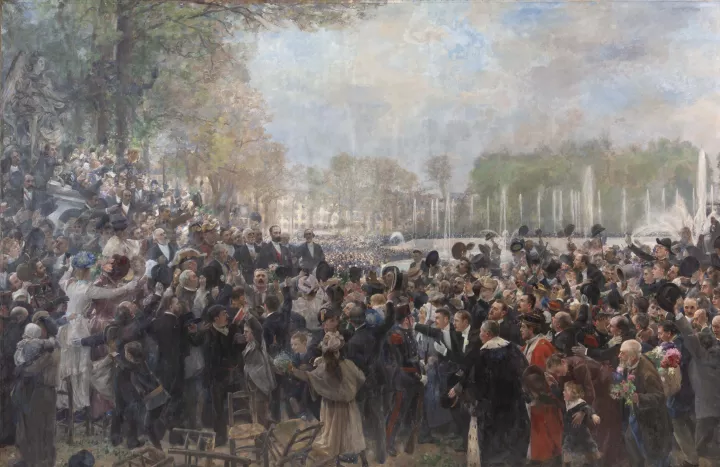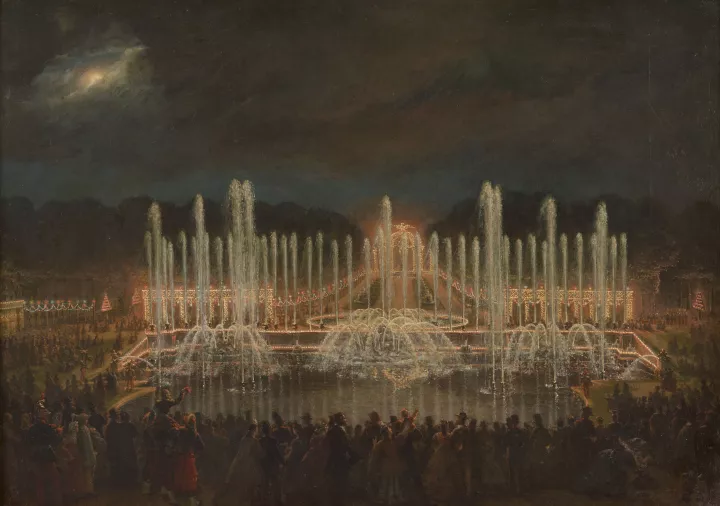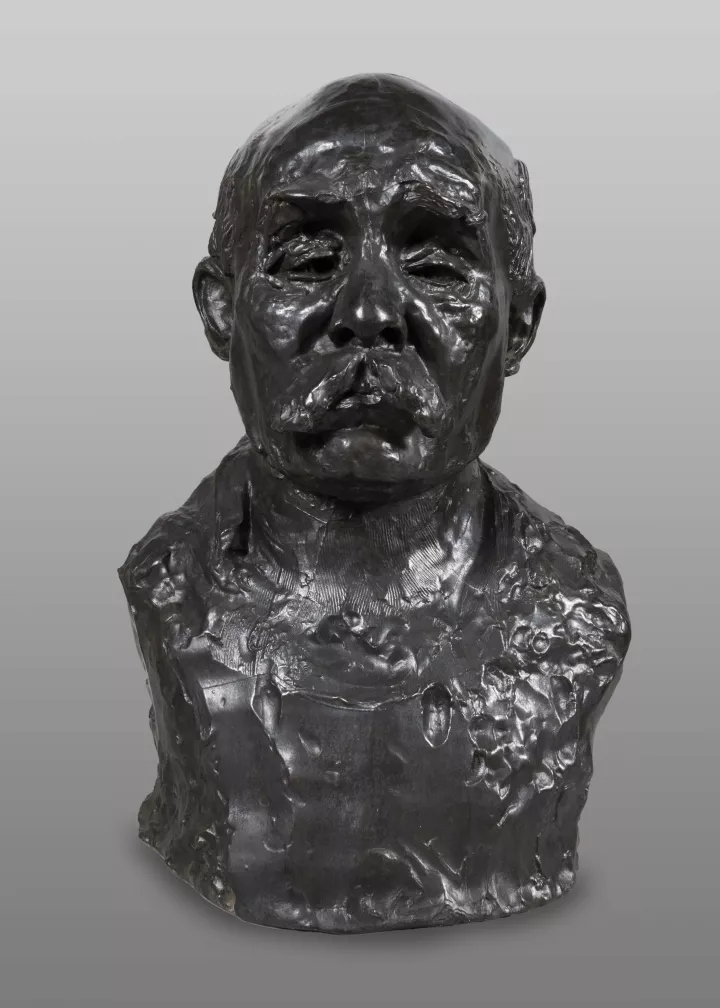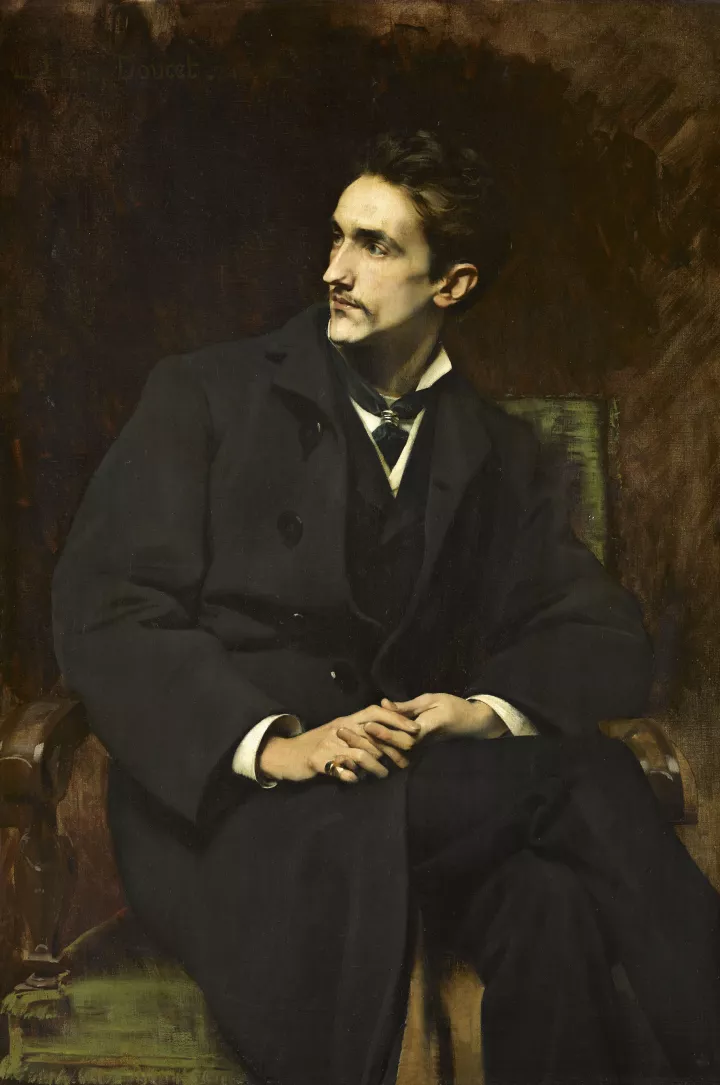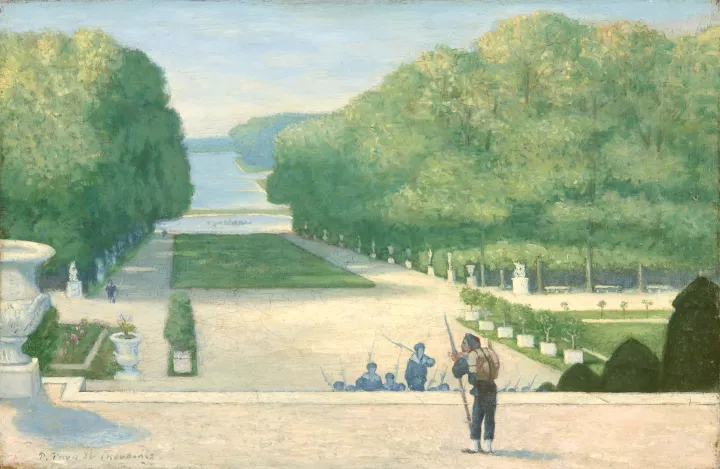From 19 November 2019 to 15 March 2020, the Africa and Crimea Rooms will play host to the “Versailles Revival” exhibition, looking at how, between 1867 and 1937, the Palace ignited passions for Versailles in its Ancien Régime version as it underwent an extensive programme of restoration and refurbishment.

19 NOVEMBER 2019 – 15 MARCH 2020 Exhibition Versailles Revival 1867-1937
Exhibition
One hundred years after the French Revolution, on the eve of the “Belle Époque”, there emerged a tremendous buzz of excitement, nostalgia, curiosity and passion for the Versailles of the Ancien Régime. By way of almost 350 artworks – many of them from private and international collections – along with documents and photographs, the “Versailles Revival” exhibition charts this remarkable moment in the history of art, when Versailles took its place among the great literary, pictorial and musical canons. Artists from all corners of the world were drawn to this place, which inspired imitations across the globe. Versailles is also where the French Republic held its assemblies and received foreign dignitaries. The gardens were a popular location for aristocratic parties and public tourism, and the wonderful water features maintained their appeal throughout the 19th century, becoming a real crowd-puller. And all of this while a major programme of restoration and refurbishment was underway at the Palace, which passed the million-visitor mark back in 1937.
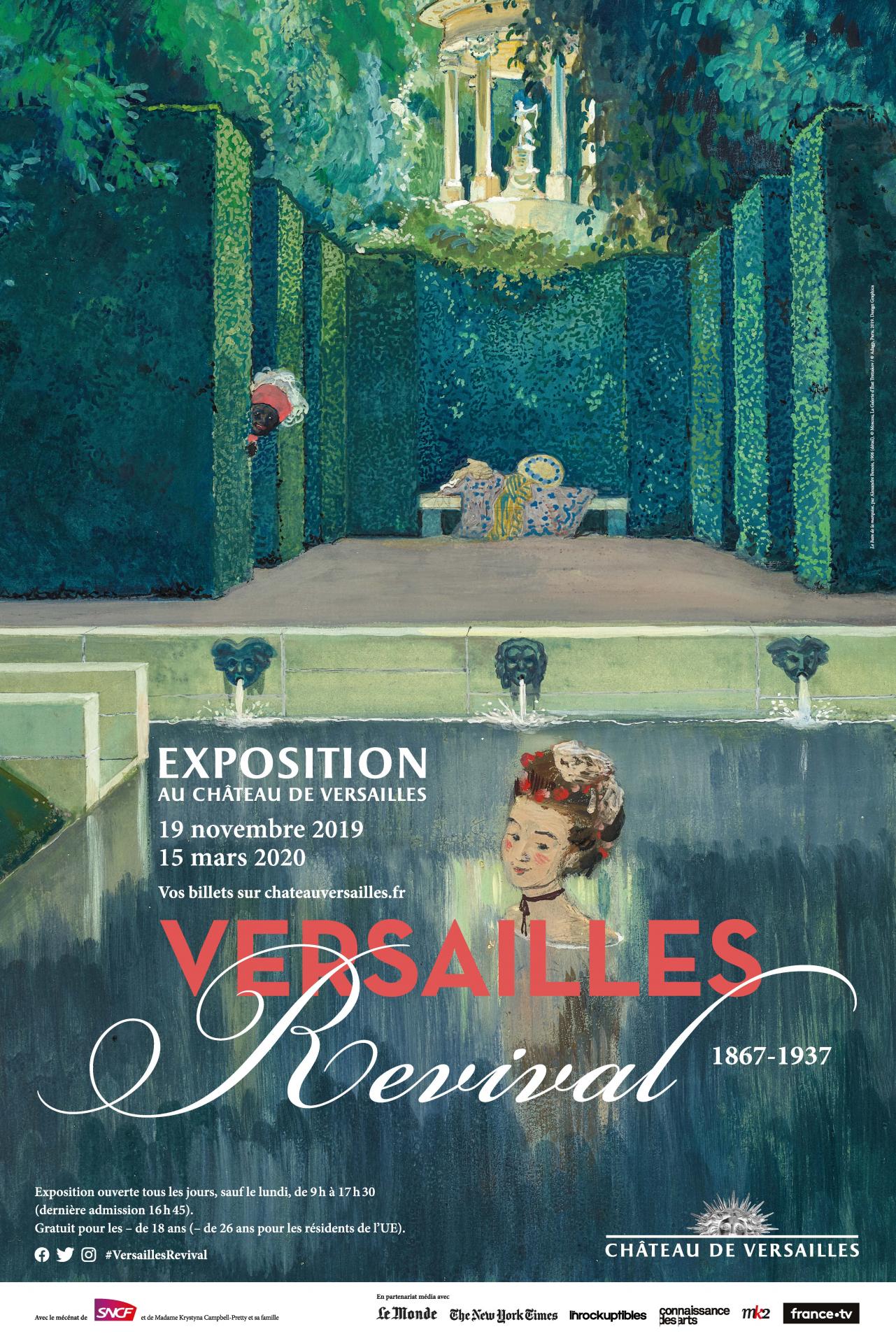
Story of revival
Though this new passion first began to stir around the time of the Second French Empire, what with the Empress Eugenie’s devotion to Marie-Antoinette, it took until the end of the century for this fascination to spread to the artistic and literary domains. Marcel Proust rediscovered “Versailles, your renowned name, rusty and sweet, a royal cemetery of leaves, of vast expanses of water and marble”. The most diverse painters drew inspiration from it, from the Russian Alexandre Benois to Georges Rouault, not forgetting Gaston La Touche, Lucien Lévy-Dhurmer and Henri Le Sidaner, as well as photographers such as Eugène Atget, Edward Steichen and Man Ray. Cinema, too, from its earliest stages, became caught up in it.
The furniture and decorative objects served as great royal exemplars. The Palace, too, served as the model for Ludwig II of Bavaria, as well as for the residences of Boni de Castellane and Alva Vanderbilt and even the SS France ocean liner of 1912, nicknamed “the Versailles of the sea”. Incredible parties saw Trianon brought back to life. Sarah Bernhardt performed at the Palace during the visit of Tsar Nicolas II, in 1896. A society outside of its time sprang up around the iconic monument and included fashionable figures, such as Countess Greffulhe and Robert de Montesquiou; the writers Marcel Proust and Henri de Régnier; musicians Reynaldo Hahn and Gabriel Fauré; painters Paul Helleu and Giovanni Boldini; and the intriguing garden designer, Achille Duchêne.
This wave of enthusiasm buoyed the Palace conservators in their relentless efforts to bring back its lost splendour and restore it to how it was during the Ancien Régime, albeit to the detriment of the museum established by Louis-Philippe in 1837. The key figure in this regard was Pierre de Nolhac, director of the museum from 1892 to 1920.
The exhibition, set up in the Africa and Crimea Rooms, presents these two parallel stories in contrast. On the one hand, there is the timeline of the Palace’s “resurrection”, to use the title of Pierre de Nolhac’s memoirs, and on the other, there is the moment at the turn of the 20th century when Versailles regained its royal and aristocratic sparkle, as well as a newfound popularity.
Virtual tour
Discover the Virtual Tour of the exhibition in 360°.
Exhibition curator
Laurent Salomé, director of the Musée national des châteaux de Versailles et de Trianon
Claire Bonnotte, collaboratrice scientifique of the Musée national des châteaux de Versailles et de Trianon
Scénographie
Conception
Hubert le Gall assisté de Laurie Cousseau
Graphisme
Jean-Paul Carmargo et Olivier Martin, Saluces
Image magique
Clément Debailleul - Compagnie 14:20 Avec Pauline Belle
Eclairage
Lionel Coutou
Audioguide
Download the audio tour of the exhibition "Versailles Revival 1867-1937" on the Palace of Versailles' free app.
GAME BOOKLET

To help children better understand the exhibition, the Palace of Versailles has designed a game booklet in partnership with Paris Mômes.
This game booklet is free of charge and available at the entrance of the exhibition.
Reading

Exhibition Journal
Prolong your visit with this publication edited under the direction of the exhibition curators, available from the online shop.
This Belle Époque journal retraces the spectacular return of Versailles to centre-stage from the late 19th century onwards.
Available also in English
Price : €6
PATRONAGE
The exhibition is supported by SNCF, Gazprom and Madame Krystyna Campbell-Pretty and family.

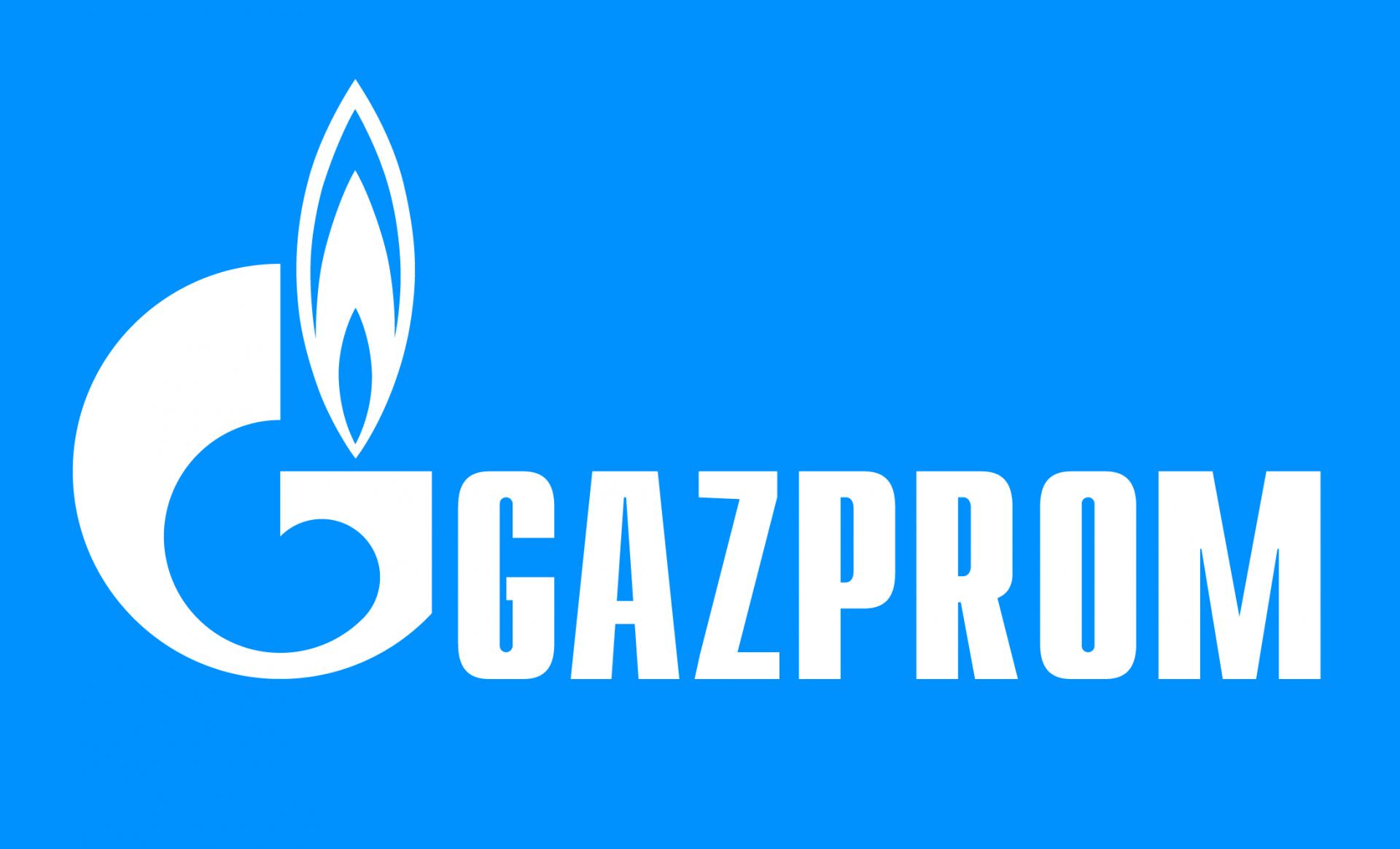
partnership
This exhibition is made in media partnership with :



